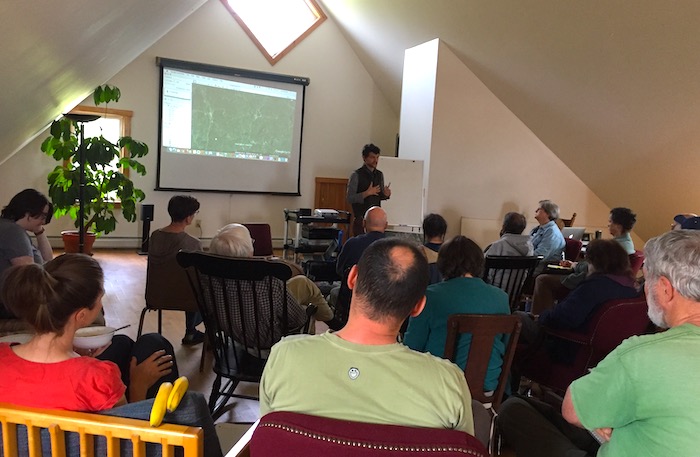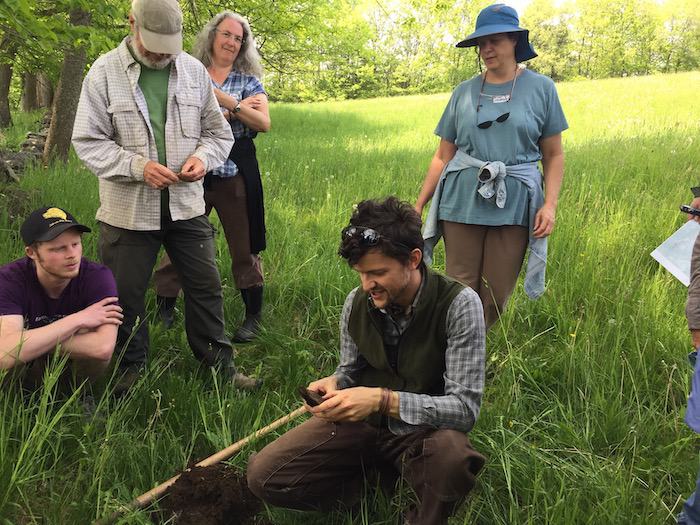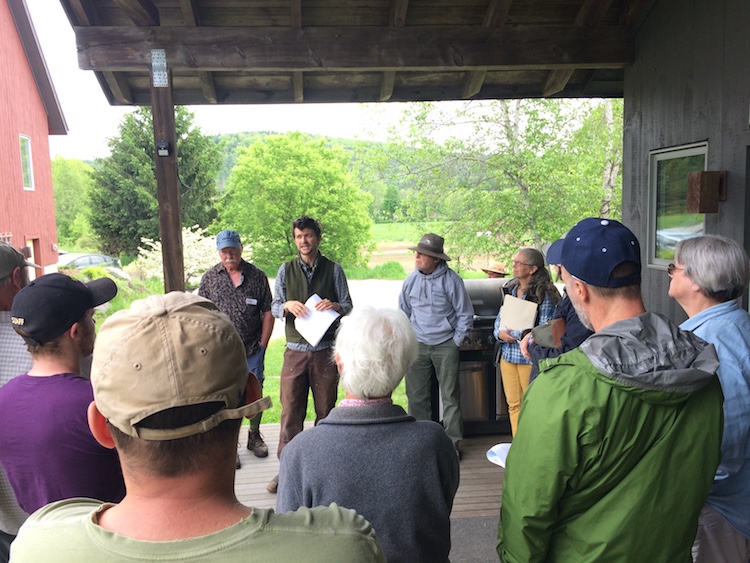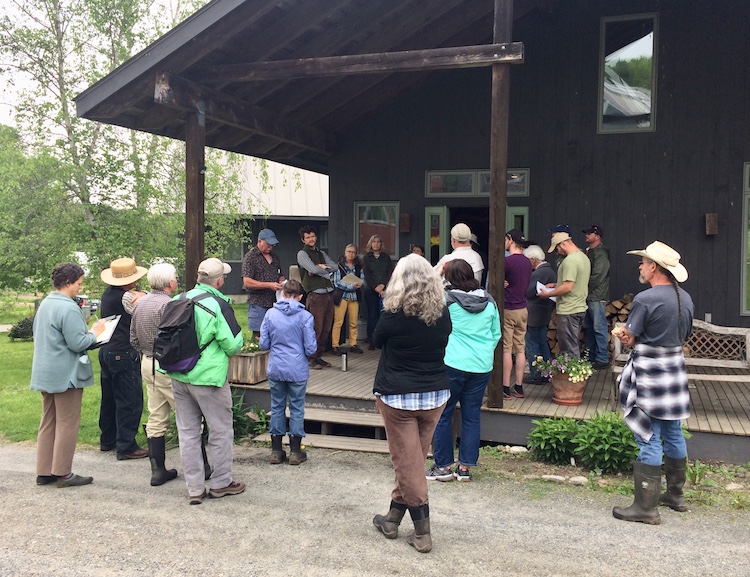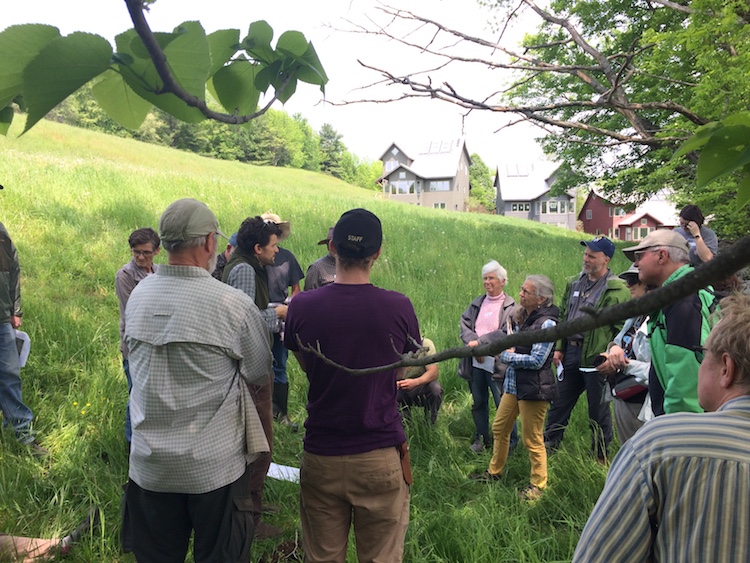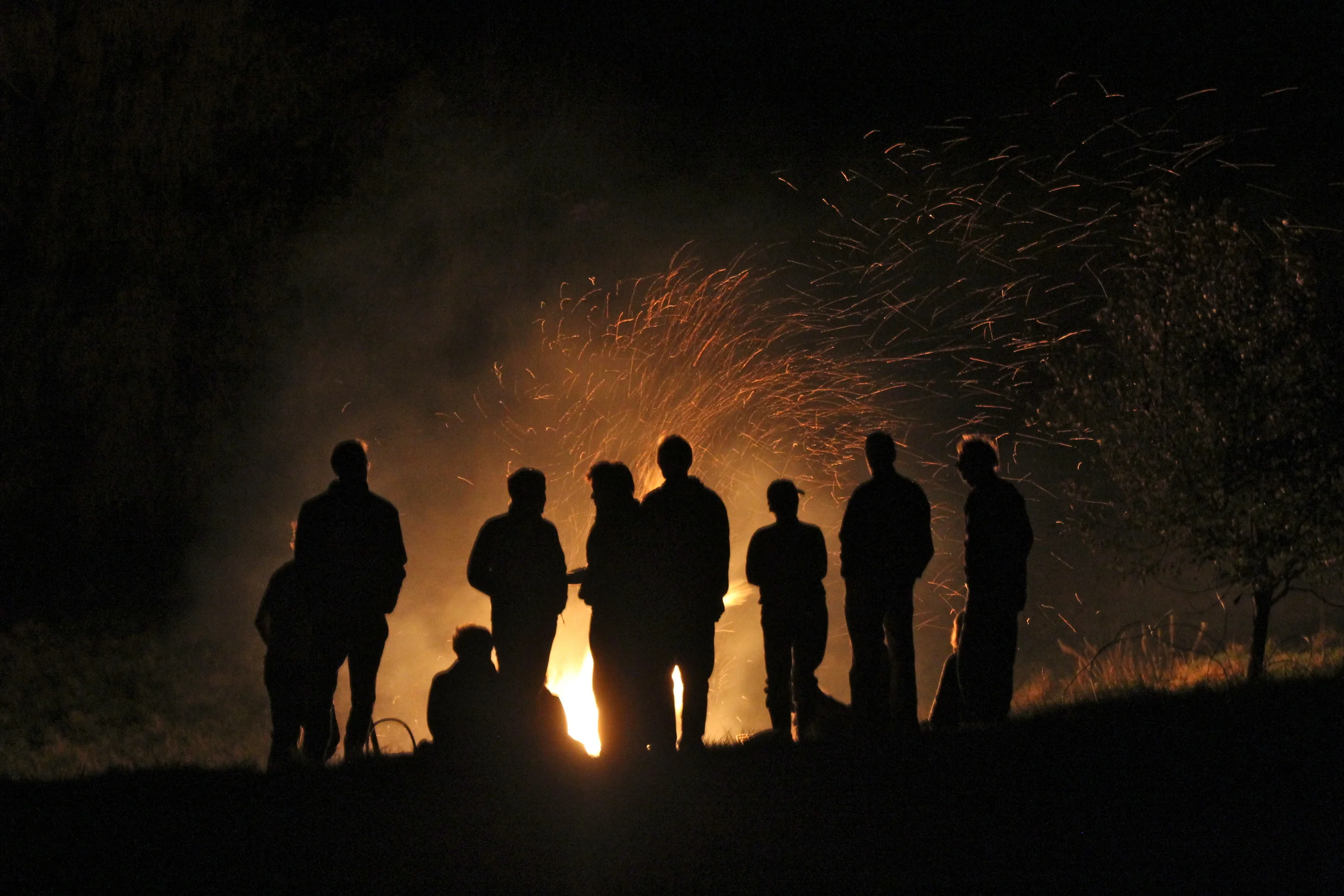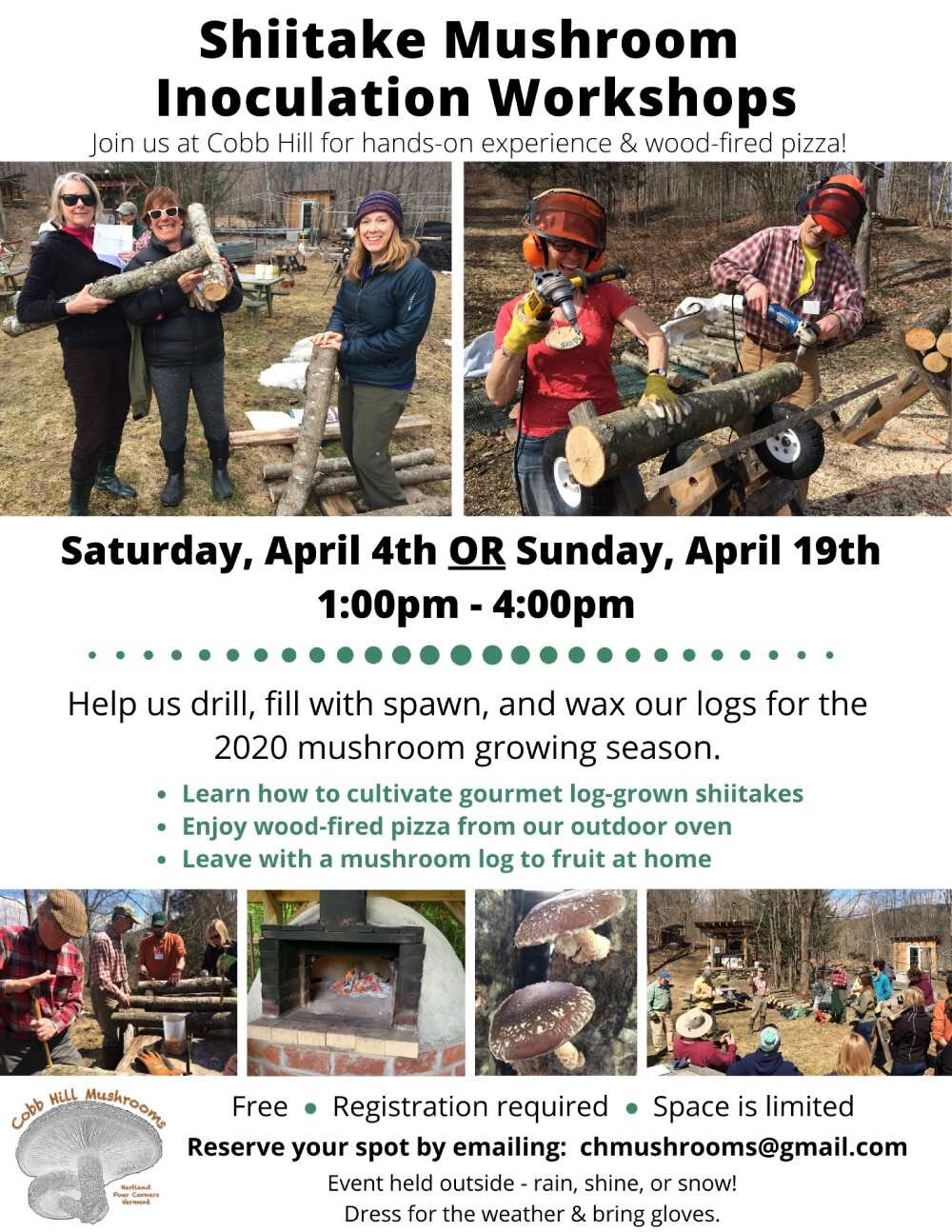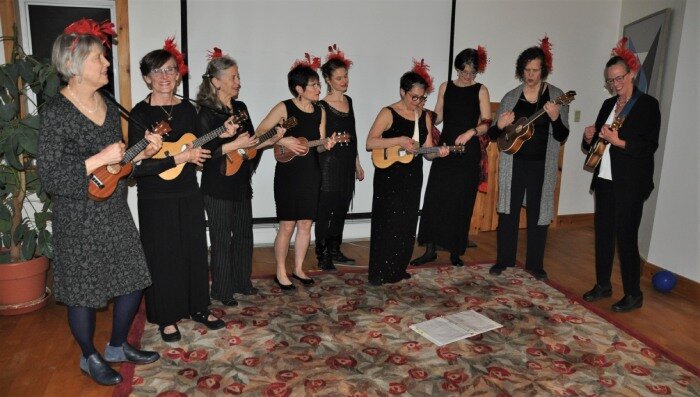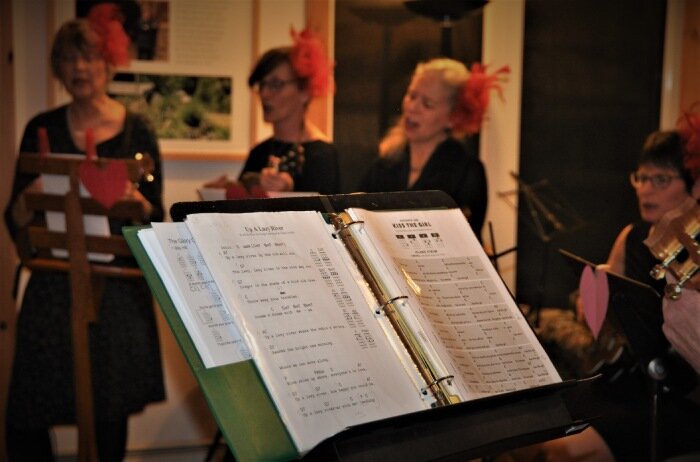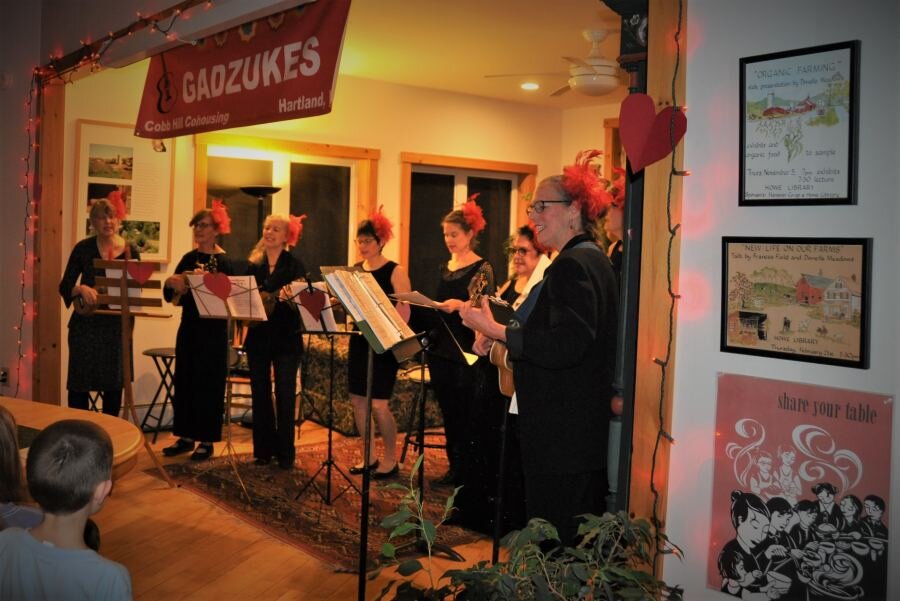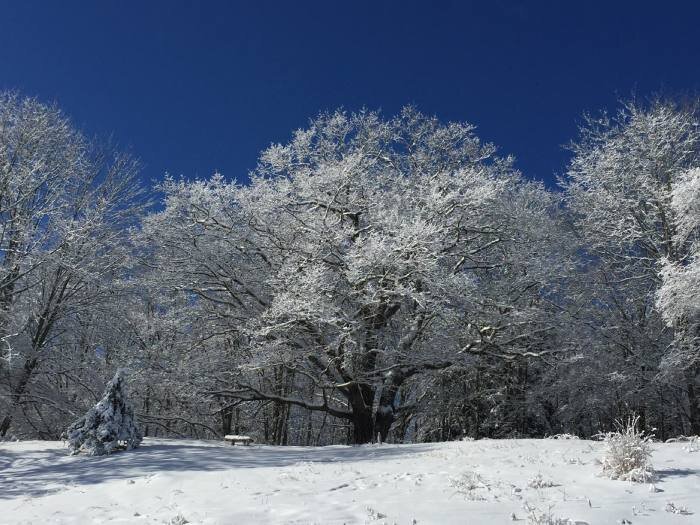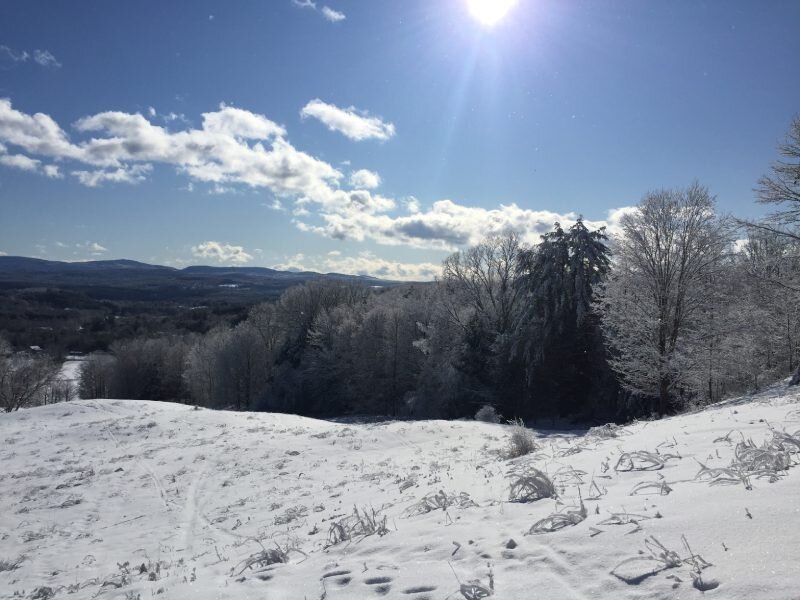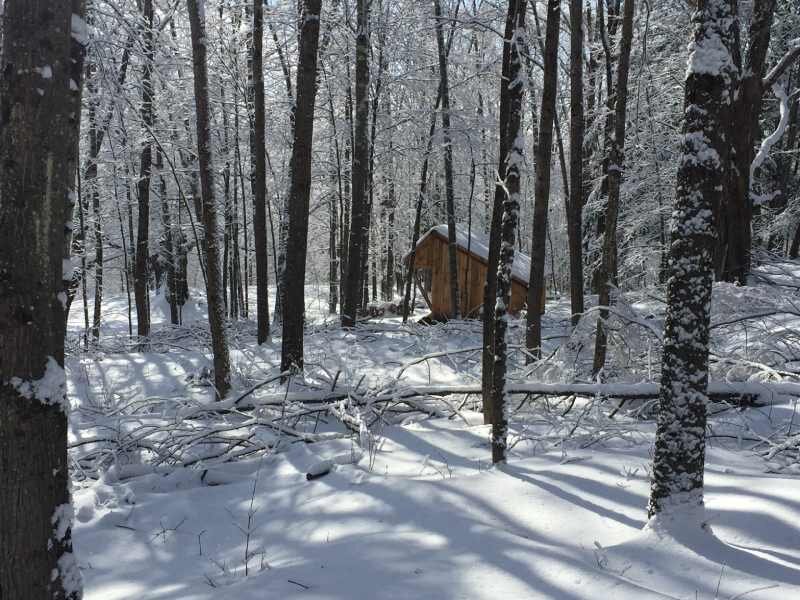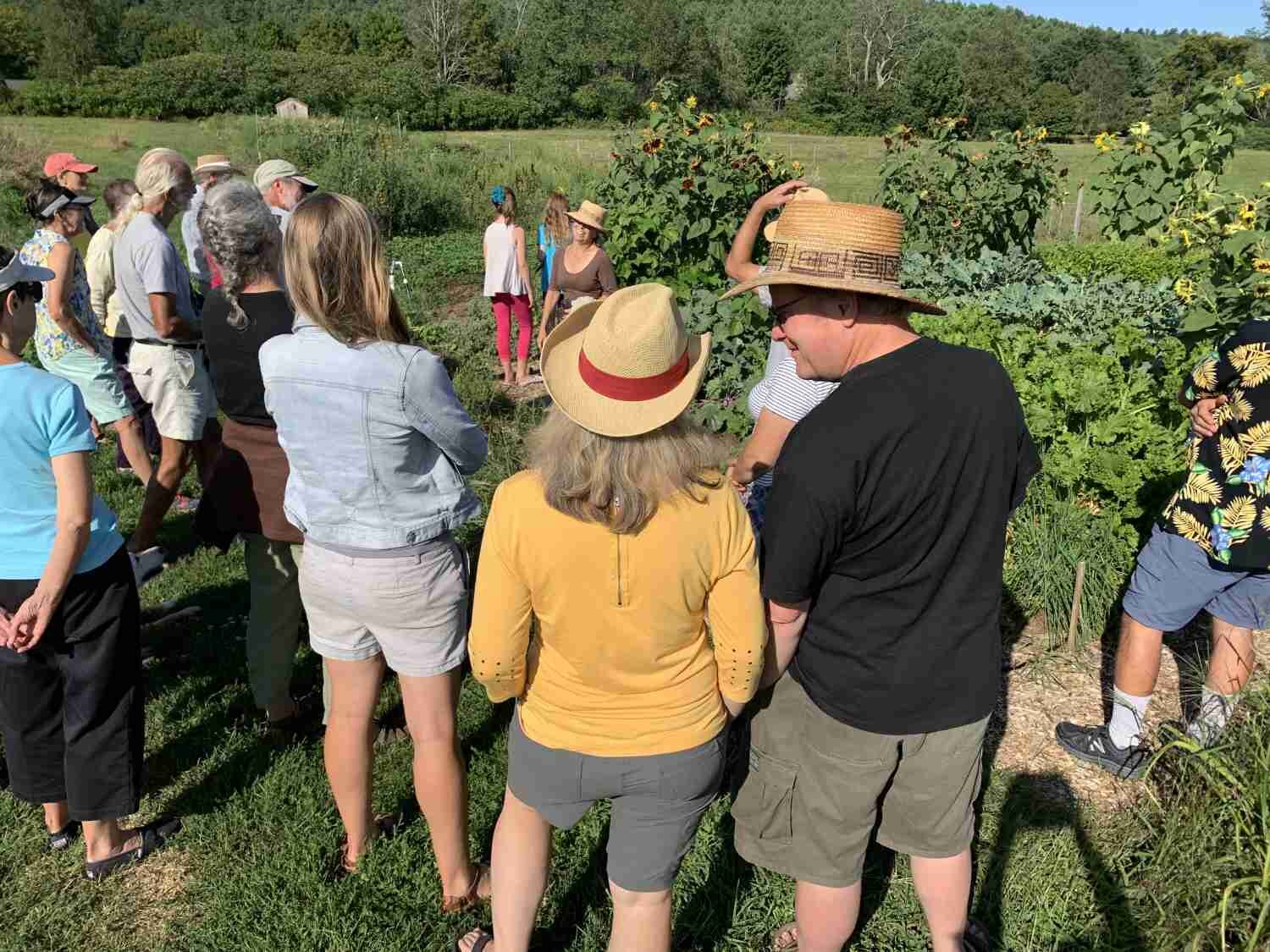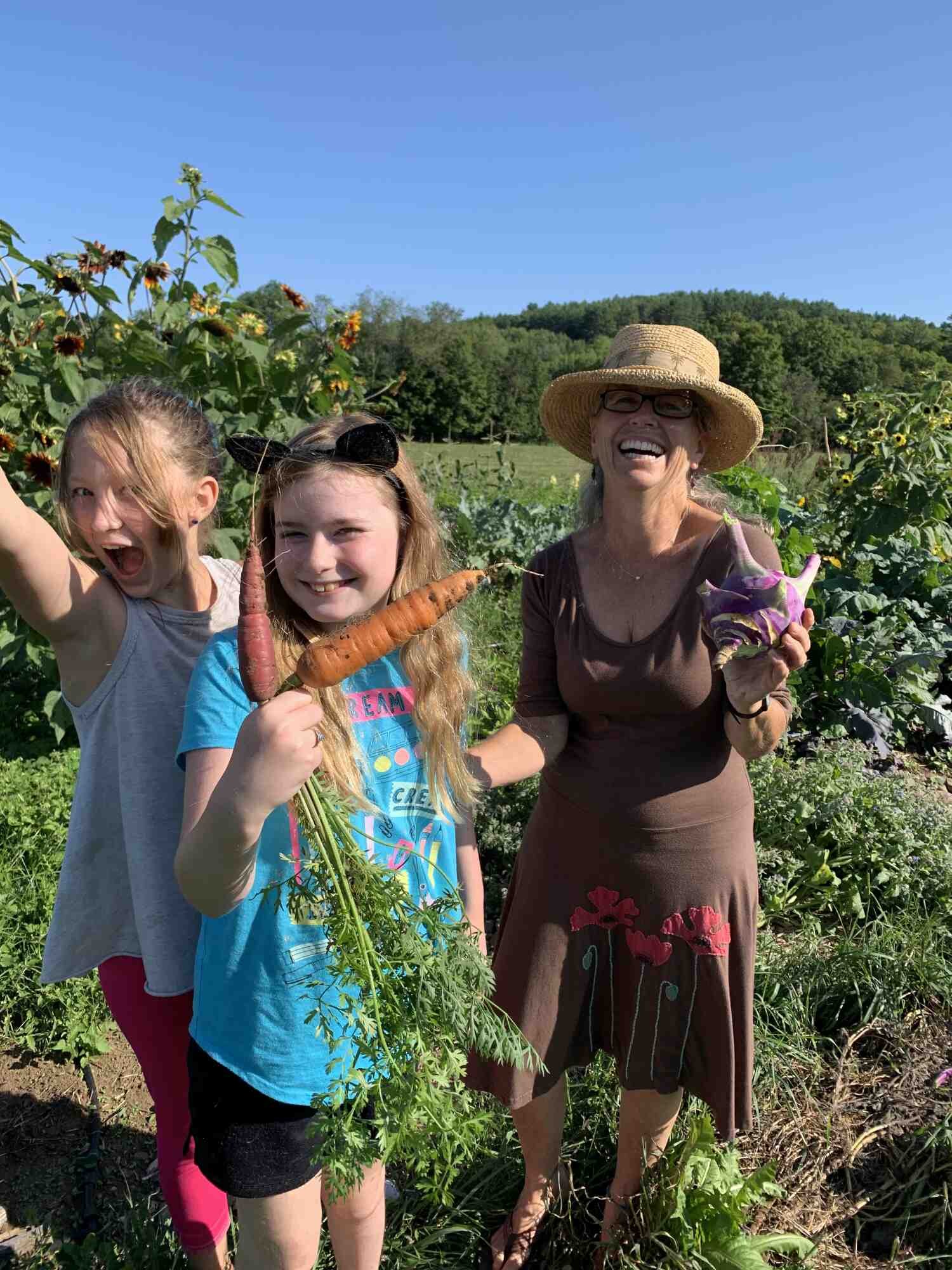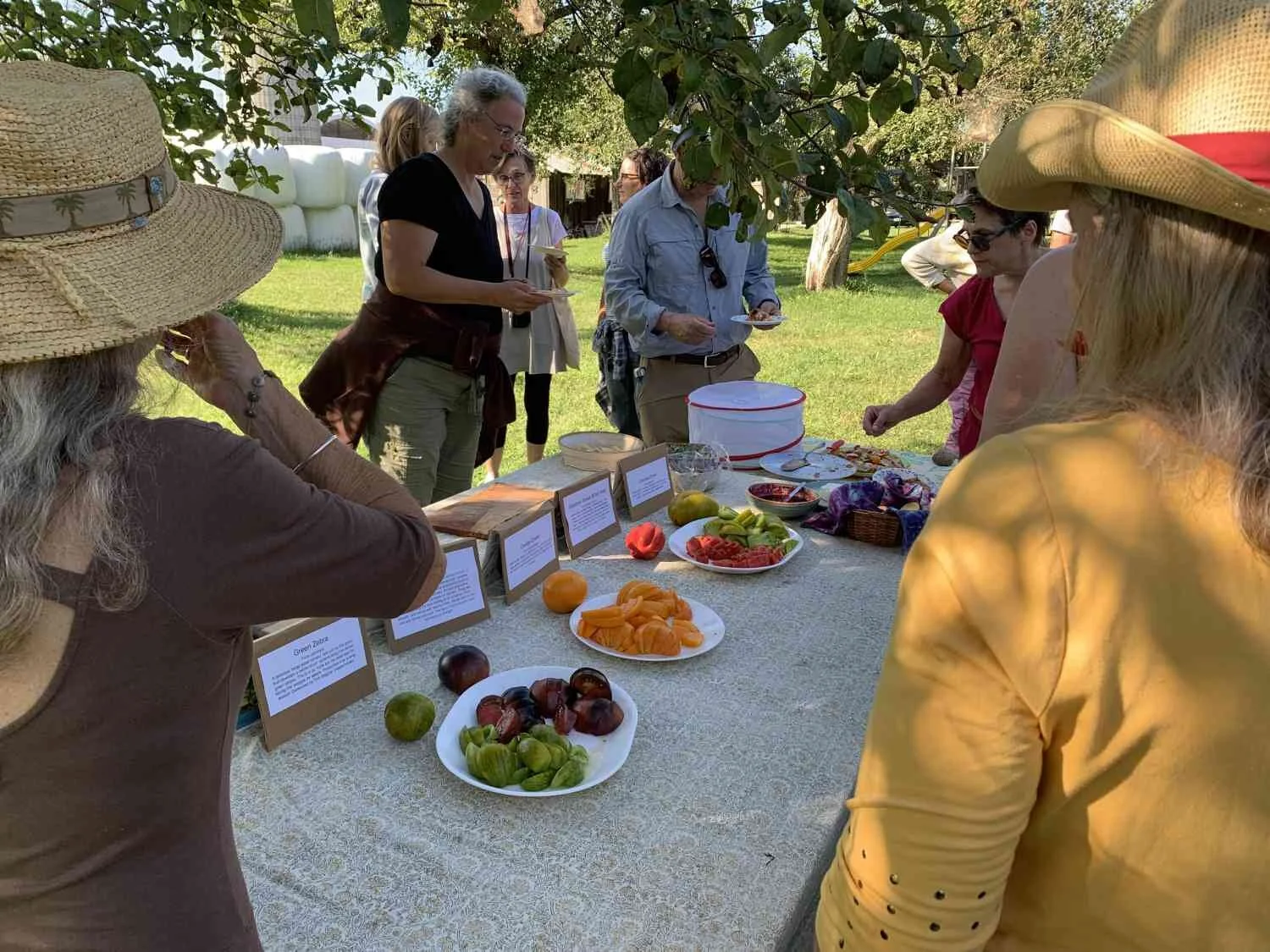photo by lauren
Mushroom Workshops in April 2020
/Unfortunately, these are cancelled this year, but stay tuned for the CSA info!
Valentine's Day at Cobb Hill...
/…means a potluck dinner (with delicious desserts) and a ukulele performance by our very own Gadzukes (and friends).
Teamwork
/Chicken coop ramp
Built and installed. (That’s the cleanest it will ever be, of course…)
We Have Solar!
/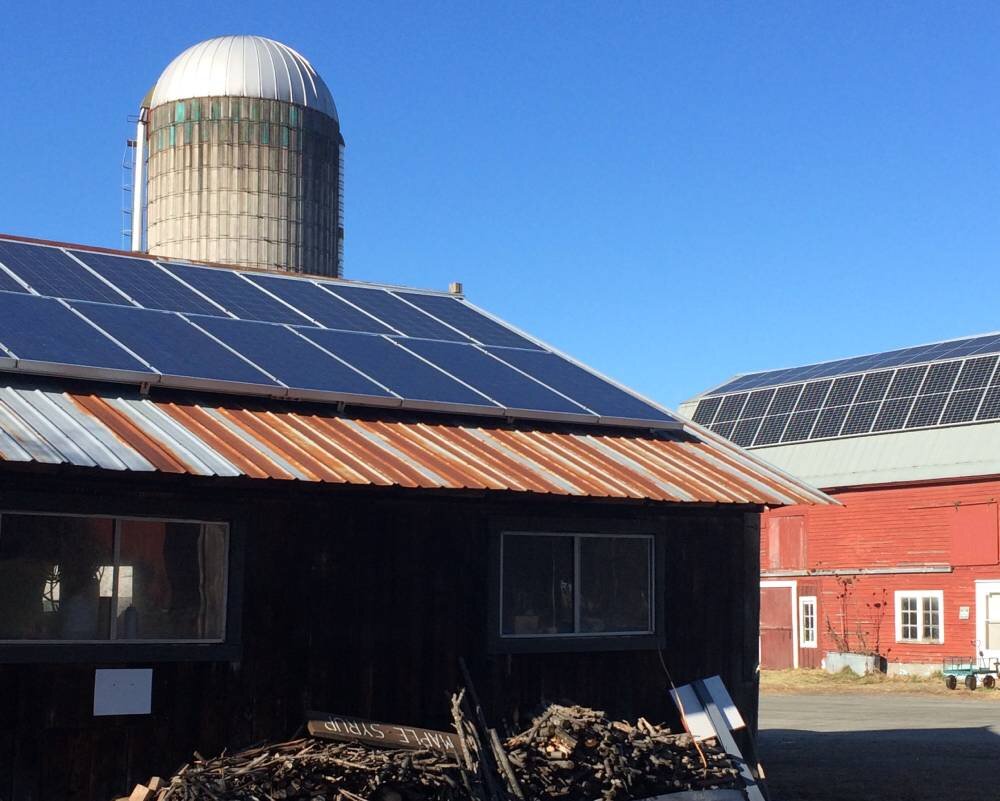
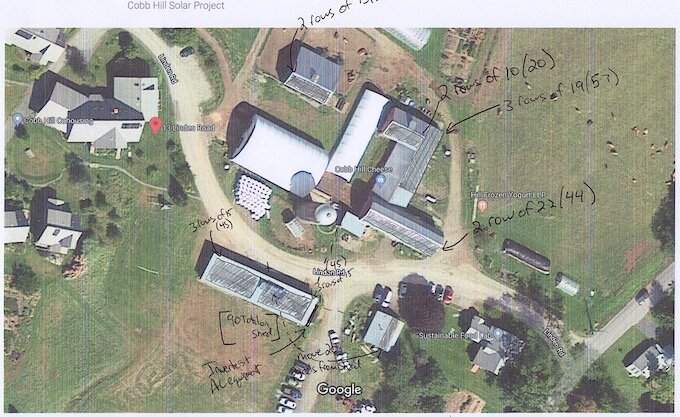





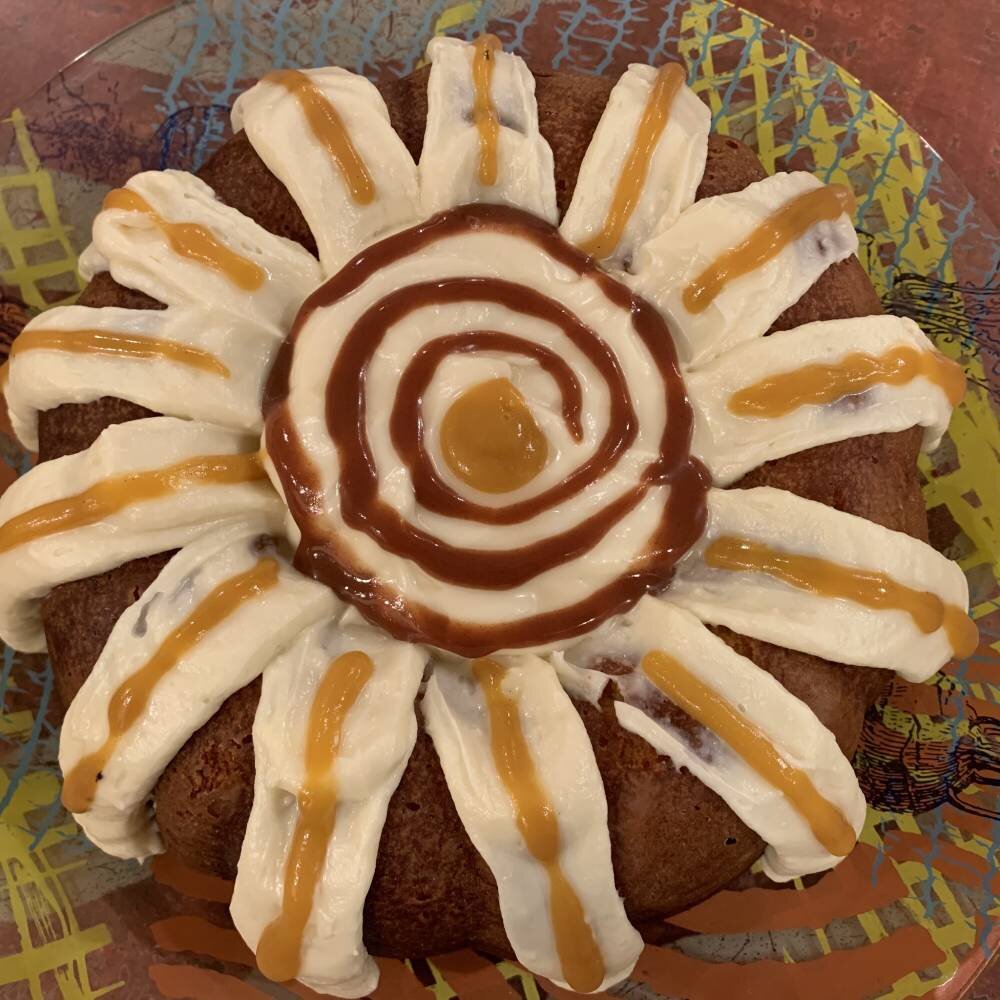
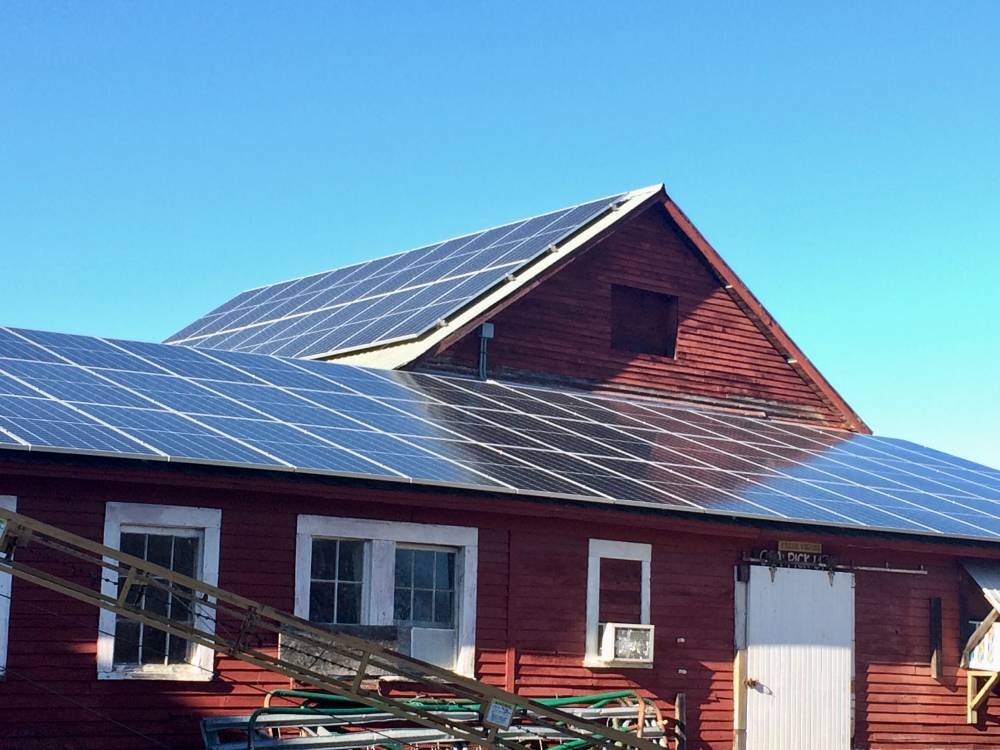
A long time coming, we are proud to announce that Cobb Hill now has solar power! In November, Integrity Energy installed panels on all the barn roofs and on December 3rd they were turned on. We celebrated with a burrito dinner and sunny cake. These panels should account for a majority of our energy usage and we couldn’t be more thrilled.
The decision to invest in solar energy at Cobb Hill fits in with our guiding principles, especially our commitment to live with and learn about techniques and technologies for more sustainable ways of living. Photovoltaics were far out of reach of our budget twenty years ago when we were planning Cobb Hill, but it has been a long held wish that someday we’d be able to install them. And now that day is here!
We worked with a local installer and crew to help support the VT economy.
The panels were put on the barn roofs to not take up agricultural land.
We are proud that the panels are visually apparent when folks enter the property, especially the many school children and others who come each year for educational visits.
Through this project, the community was strengthened by working through the complexity of impact and feasibility of such a large project.
We are excited to continue to reduce our carbon footprint with the projected 85% renewable energy.
As a community, we’ve had several false starts toward this goal over the last 15 years. We bumped up against too many barriers. What enabled it this time? New energy and persistence from new community members, generosity from individuals, and improvement in technologies - more efficient technologies in this day and age opened up new site potentials on our property.
Many of us are grateful for the dedication of a small group that saw it through to the end. Residents came together to research, get bids from several companies, review, contract with Integrity Energy, manage that relationship, and set up a solar LLC.
The net metered 93.6 KW utility-interactive photovoltaic system is projected to produce an estimated 102,976 kwh a year, which should be approximately 85% of our total energy use for the 22 households on the hill.
The project has been designed to be able to add additional panels on other rooftops in the future. We anticipate discussions about expanding our solar capacity as more electric vehicles and such are added to our property. We plan to consider energy storage to increase our resilience. This current system is tied to the grid and not usable if the electricity goes out. We hope to talk about how our new solar capacity could be engineered to provide back-up energy for us (and neighbors) if there were a prolonged disruption of the grid.
Reading the Ecological Landscape
/Contributed by Helen, Tad, Sandy, Zea
“I loved the connection he made between the history of the people and animals who lived in Vermont and the history and development of the land itself.”
On June 1st, we welcomed Connor Stedman to our land to lead a workshop. Connor is a planner and agro-ecological designer with AppleSeed Permaculture LLC, a writer and organizer with the Greenhorns and Agrarian Trust, and an educator around North America. His work bridges regenerative agriculture, deep nature connection, stories of place, and socially engaged ecological design. As an educator, Connor serves as lead faculty for the Omega Institute’s Ecological Literacy Immersion Program and a lead facilitator for Art of Mentoring trainings around the US. He holds an M.S. in Ecological Planning from UVM and lives in the Hudson River Valley of New York.
This workshop came about thanks to a new permaculture committee that's formed at Cobb Hill. The hope is that this is the first in a long series.
The morning dovetailed with a talk Friday with Connor, sponsored by a number of local groups and Resilient Hartford, called "Thinking Like a Watershed" - on watershed-scale resilience in the face of climate change.
Many topics were touched on and we all walked away with various take-aways. These are not simple concepts and indeed this metaphor was made: trying to do ecological design on a piece of land like Cobb Hill is like taking one's kidney out of one's body, putting it on a table, and looking at it. Connor share a range of historical facts and stories to give background, like the Doctrine of Discovery leading to private land ownership, the history of beavers in our area and how they shaped the landscape, rattle snake eradication and how that has affected tick populations today, and how soil surveys came about and what they tell us.
We did discuss some site-specific ideas and problems. Water flow and drainage are issues in some places on our property - we went out and looked at some spots and the current mitigation techniques. We touched on some pest control options, like humming birds as deterrent to berry poaching birds and planting flowering strips in orchard rows to encourage biological control of orchard pests. Lastly, there was some interest in agro-forestry beyond the mushrooms we are already cultivating.
“I took away a much deeper understanding of the historical background of Vermont's geology and socio/cultural pressures that shaped our land use as we see it today. I also am excited about maximizing biodiversity here using hedgerows, owl/kestrel boxes, landrace seeds, and a swale garden and other water retention methods to slow and filter water around our property.”
